Search The Collection
Filter By
Object Type / Material
Geographic Location
Date / Era
Department
Show Only:
- As part of the Met's Open Access policy, you can freely copy, modify and distribute this image, even for commercial purposes.APIPublic domain data for this object can also be accessed using the Met's Open Access API
- Objects with changed or unknown ownership in continental Europe between 1933-1945. Learn more
Showing 939 results for hilt, probably Dutch
Sort By:

hilt, probably Dutch; blade, German, Munich
hilt, ca. 1650 (grip, restored 1995); blade, mid-to late 17th century
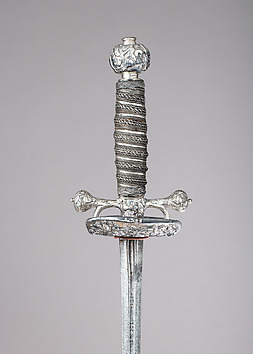
probably Dutch
ca. 1650–60

probably Dutch
ca. 1650–60
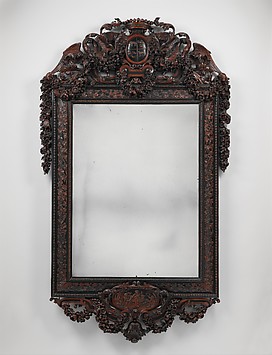
Dutch
ca. 1685–1700

German Painter
ca. 1573–82
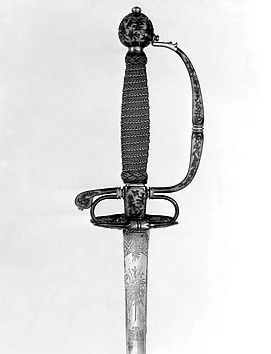
hilt, Japanese, possibly Dejima; blade, European
ca. 1730
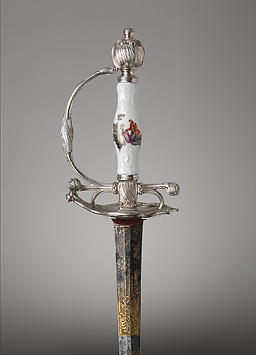
Jan Nieuwland
ca. 1750

hilt, Dutch or Flemish; blade, German
ca. 1630–40

British, probably London
ca. 1700
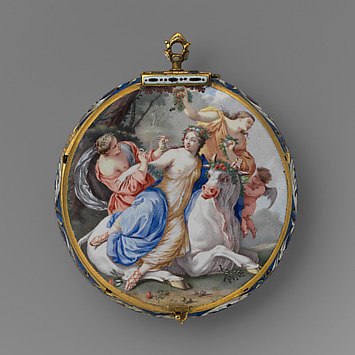
Lambertus Vrythoff
case ca. 1645, movement ca. 1750
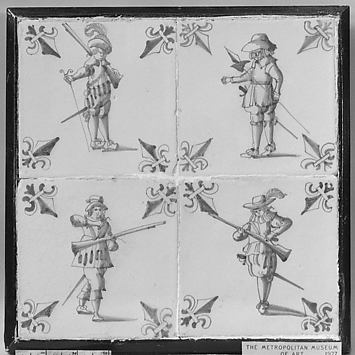
Dutch
probably 18th century

probably Dutch
ca. 1630
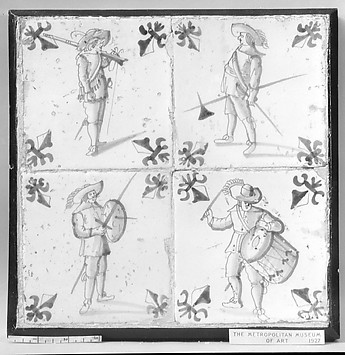
Dutch
probably 18th century

Dutch
probably 18th century or later

Dutch
probably 18th century or later

Dutch
probably 18th century
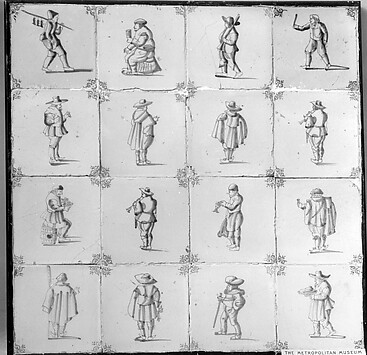
Dutch
probably 18th–19th century

Dutch
probably 19th century
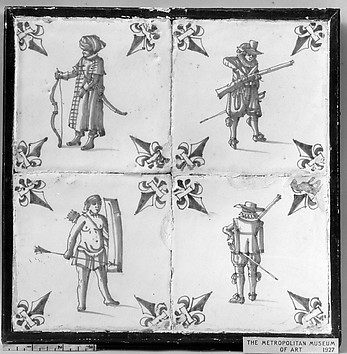
Dutch
probably 19th century
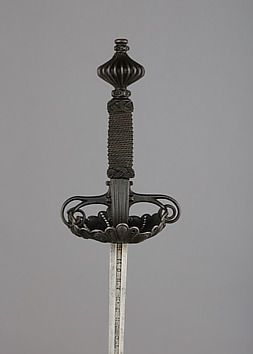
hilt, probably Dutch; blade, Spanish, Toledo
ca. 1630
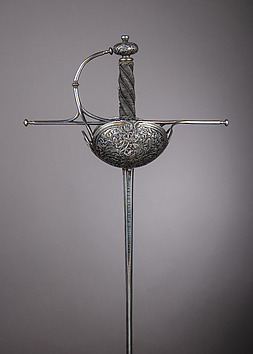
Johann Bongen
ca. 1650–75
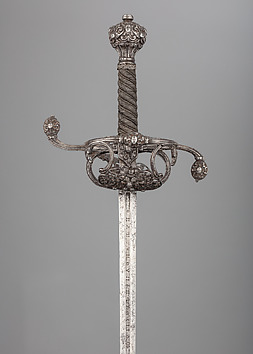
Johannes Moum
hilt, ca. 1630–40; blade, 17th century
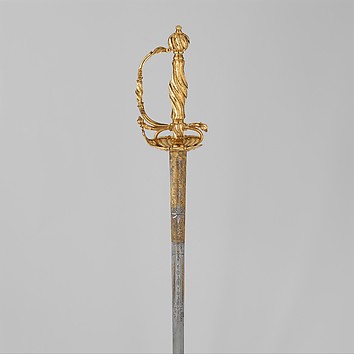
German or Dutch
ca. 1750–60
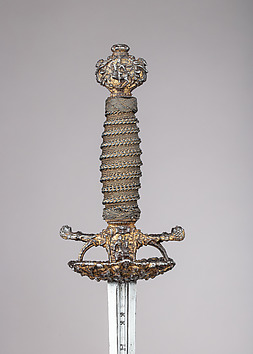
Probably French, Paris
ca. 1650–60
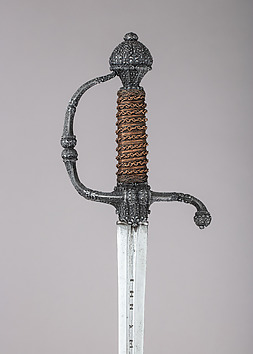
probably French
ca. 1650–60
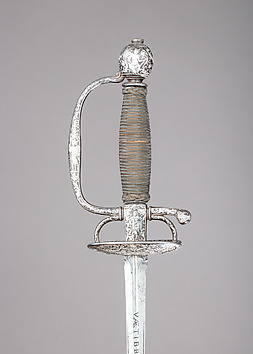
probably French
ca. 1700–20
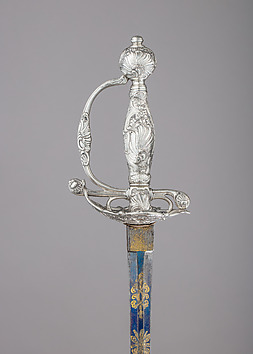
probably German
ca. 1750–60
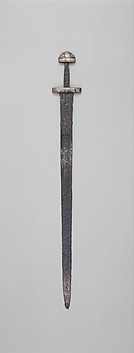
European, probably Scandinavia
10th century
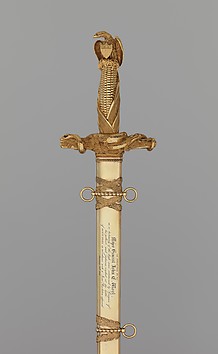
Samuel Jackson
1854–55
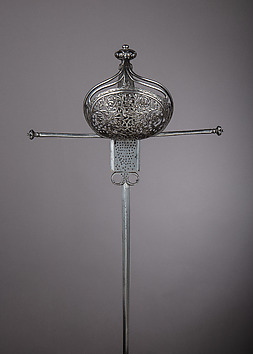
Italian, probably Naples
ca. 1650–75
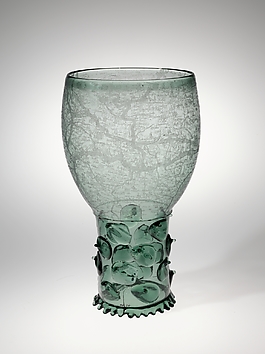
Dutch, probably Amsterdam
early 17th century
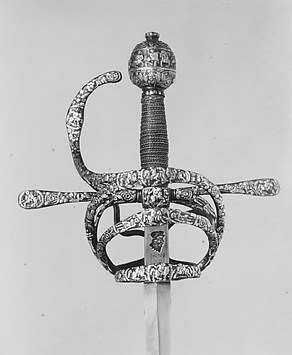
Bouqueton
ca. 1610–20
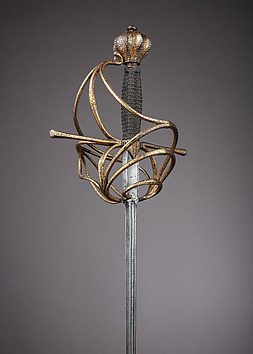
Peter Munsten
ca. 1620–30
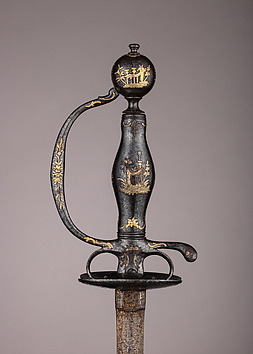
probably Russian, Tula
ca. 1750
blade, German; hilt and scabbard, probably Austrian
blade, ca. 1678; hilt and scabbard, ca. 1740
s1d1.jpg)
hilt, Scottish; blade, German, Solingen
16th–17th century
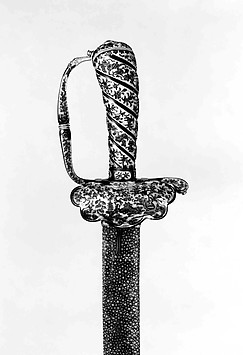
hilt, Japanese, made for the European market
hilt, ca. 1700; blade, ca. 1700–1725
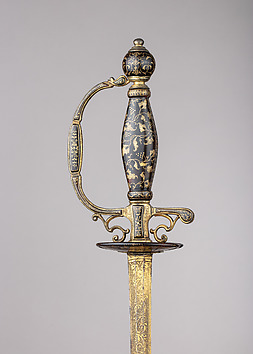
Western European, probably Naples
ca. 1720
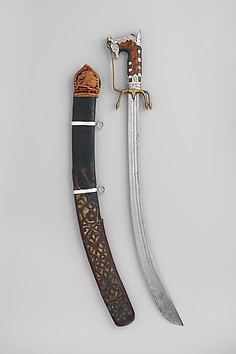
hilt and scabbard, Algerian; blade, European
hilt and scabbard, late 17th or early 18th century; blade 16th or 17th century
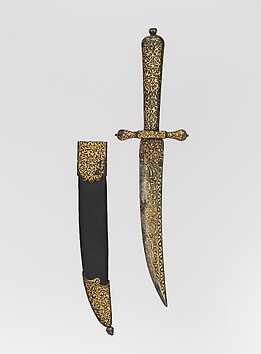
blade, Turkish; hilt and scabbard, European, possibly Italian
blade, mid-16th century; hilt and scabbard, probably mid-16th century